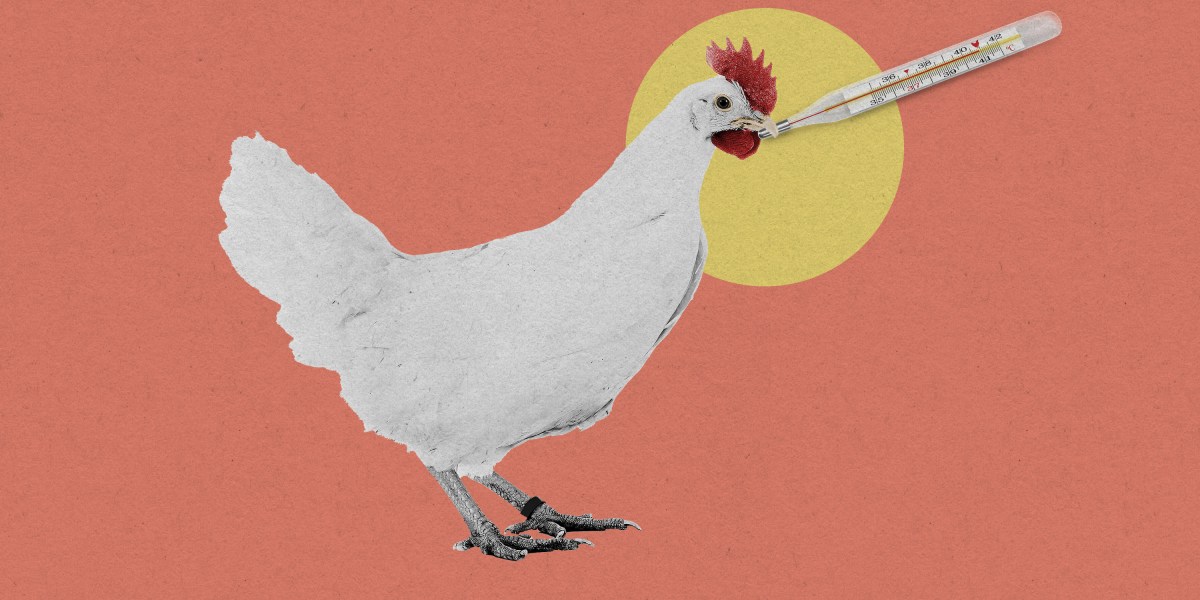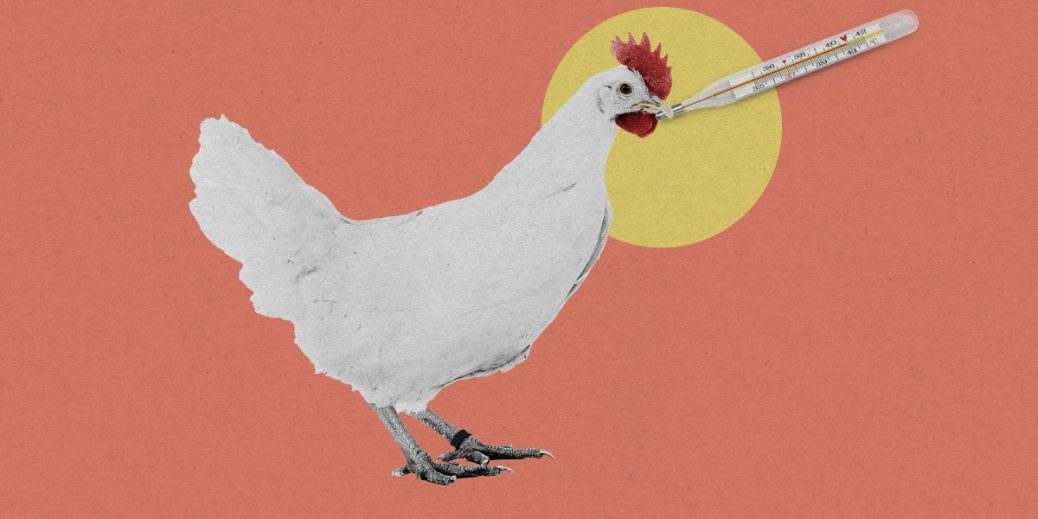
For the chicken study, the team made changes to a protein gene in the birds’ sperm and eggs. This protein, called ANP32A, helps flu viruses attack chickens’ systems. By rearranging the DNA letters of the ANP32A protein, the researchers were able to restrict the flu virus from infecting the chickens.
“The genetic changes that we made were changes we knew will stop the growth of the virus in the chicken cells,” Alewo Idoko-Akoh, a research fellow at the University of Edinburgh’s Roslin Institute, who was part of the study, explained.
To further test the resilience of the gene-edited birds, the researchers exposed them to a second, higher dose of the bird flu virus. Of the 10, five became infected. Still, the gene edit did provide some level of protection. The researchers also found that the intervention limited spread of the virus: only one of four non-gene-edited chickens placed in the same incubator got infected, and there was no transmission to gene-edited chickens.
However, the research team found that in the gene-edited birds, the virus adapted to enlist the support of two related proteins—ANP32B and ANP32E—to replicate.
This suggests that editing the single gene the researchers targeted is not a robust enough method to work, says Alison Van Eenennaam, an animal geneticist at University of California, Davis, who was not involved in the research.
The researchers behind the study agree; they next plan to try to develop chickens with edits to all three genes. It could take decades to work through the necessary technical and regulatory steps, but researchers say CRISPR gene editing could eventually save countless chickens’ lives—and transform animal farming. “Chickens rock,” says Van Eenennaam. “It’ll be great to use this technology to produce animals that are not susceptible to diseases.”





Recent Comments